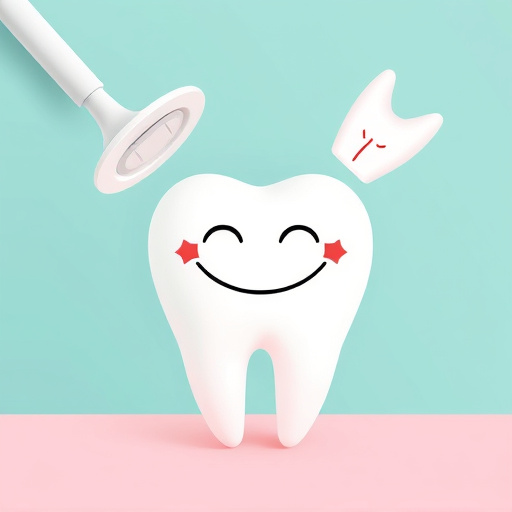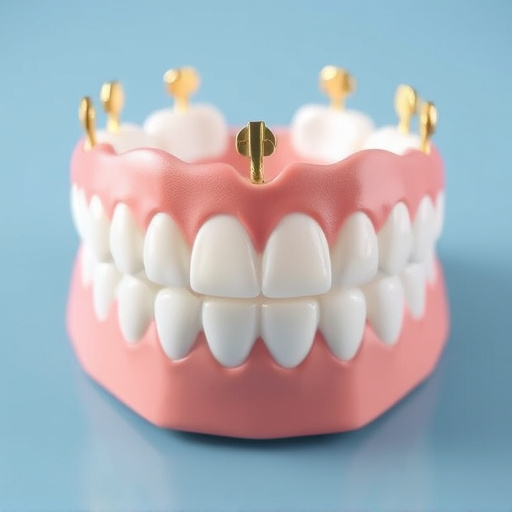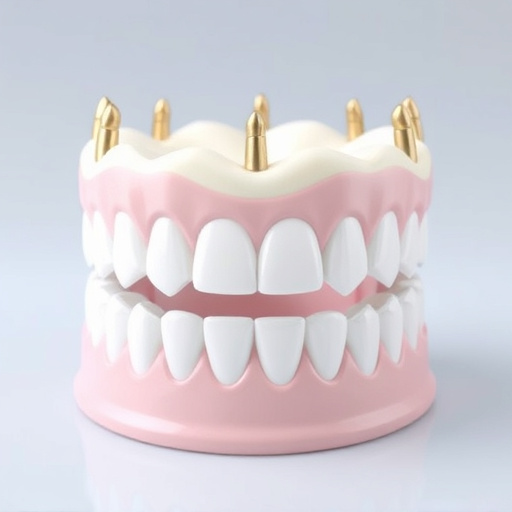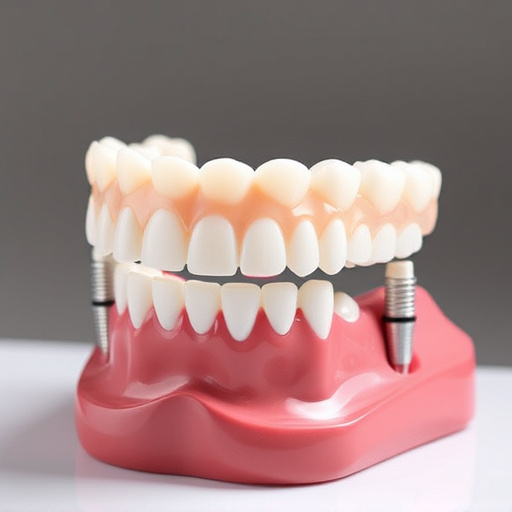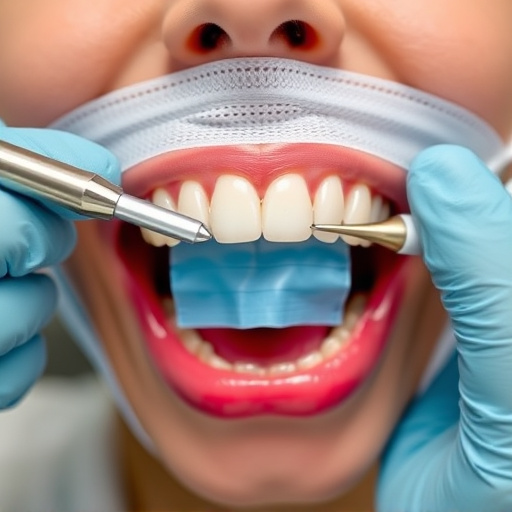Occlusal adjustment optimizes jaw alignment and chewing efficiency by addressing misalignments via professional examinations and various treatments like orthodontics, splints, or restorative dentistry. Regular dental check-ups are crucial for early detection and prevention of complications, enhancing aesthetics and oral hygiene while reducing jaw strain and tooth wear.
Occlusal adjustment, a precise dental technique, offers a transformative path to enhanced chewing function and overall oral health. This article delves into the world of occlusal therapy, exploring its profound benefits for improving bite alignment and promoting efficient chewing. We guide you through the process, from understanding the fundamentals to evaluating dental alignment and discovering effective techniques for achieving optimal occlusion.
- Understanding Occlusal Adjustment and Its Benefits
- Evaluating Dental Alignment for Optimal Chewing
- Effective Techniques for Achieving Healthy Occlusion
Understanding Occlusal Adjustment and Its Benefits
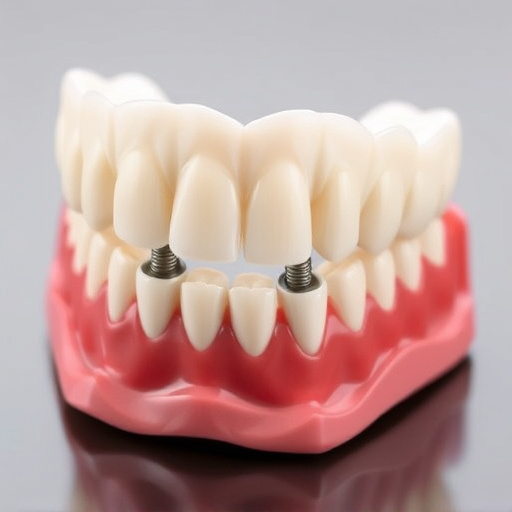
Occlusal adjustment refers to the process of aligning teeth and jaws to ensure optimal bite and chewing function. It involves evaluating your dentition—the arrangement, position, and relationship between your teeth—and making adjustments to correct imbalances or misalignments. This can be achieved through various techniques, such as orthodontic treatment, bite splints, or restorative dentistry procedures.
Understanding the importance of occlusal adjustment goes beyond simply achieving a beautiful smile. It offers numerous benefits, including improved chewing efficiency, reduced strain on jaw joints, and prevention of tooth wear. A properly aligned bite also contributes to maintaining proper teeth cleaning during daily brushing and flossing routines, promoting better oral health overall. Regular dental check-ups and occlusal evaluations as part of your routine oral exams can help identify issues early, ensuring timely intervention for optimal results.
Evaluating Dental Alignment for Optimal Chewing
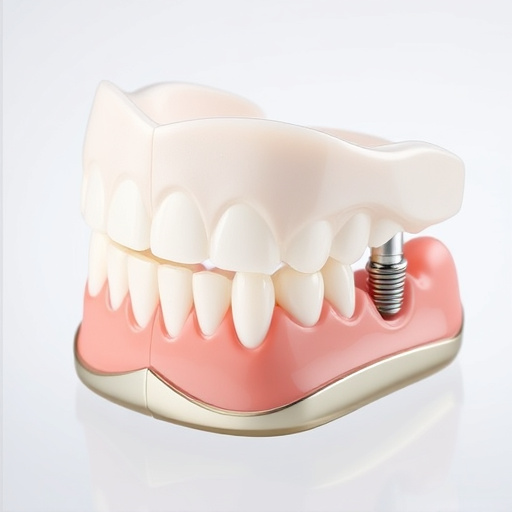
Evaluating dental alignment is a critical step in optimizing chewing function through occlusal adjustment. A dentist will examine the bite pattern, looking for misalignments or irregularities that could cause inefficient chewing and potential damage to teeth and gums over time. This process involves assessing how upper and lower teeth fit together during mastication, identifying any gaps or overlaps that might hinder optimal food processing. By understanding these nuances, dentists can tailor occlusal adjustments to address specific issues, promoting efficient chewing and enhancing overall oral health.
Preventive dentistry plays a significant role in maintaining this alignment over the long term. Regular dental check-ups, including X-rays and comprehensive examinations, help detect early signs of misalignment or decay, such as tooth erosion or damage to existing dental fillings or crowns. Prompt intervention can prevent further complications, ensuring that occlusal adjustments remain effective and minimizing the need for more extensive procedures in the future.
Effective Techniques for Achieving Healthy Occlusion
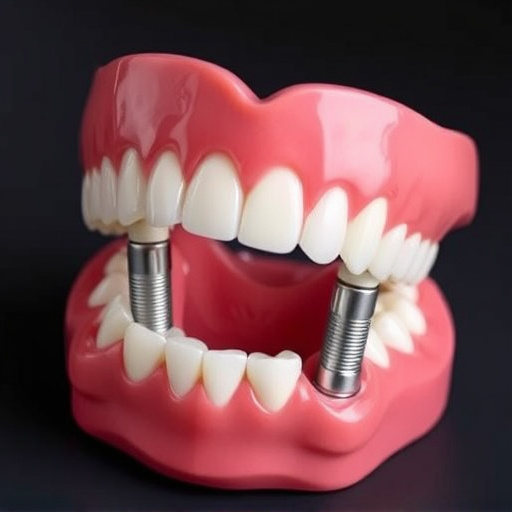
Achieving healthy occlusal adjustment is key to enhancing chewing function and overall dental health. This involves a multi-faceted approach that begins with comprehensive oral examinations by qualified professionals, such as those found in family dentistry or general dentistry practices. During these evaluations, dentists can identify misalignments, jaw disorders, and other issues affecting proper occlusion.
Effective techniques for achieving this balance include orthodontic treatments, wisdom tooth removal when necessary, and the use of mouthguards to prevent grinding (bruxism). Modern orthodontic methods, such as clear aligner trays, offer discreet solutions without compromising aesthetics. Moreover, addressing underlying causes of chewing difficulties can lead to long-lasting improvements in dental function and comfort for patients.
Occlusal adjustment is a powerful tool to optimize chewing function and overall dental health. By understanding the principles behind this technique, evaluating dental alignment, and employing effective techniques, individuals can significantly improve their quality of life. Incorporating occlusal adjustment into oral care routines not only enhances chewing efficiency but also contributes to long-term dental wellness. Remember, proper occlusion is key to a comfortable, functional, and vibrant smile.








